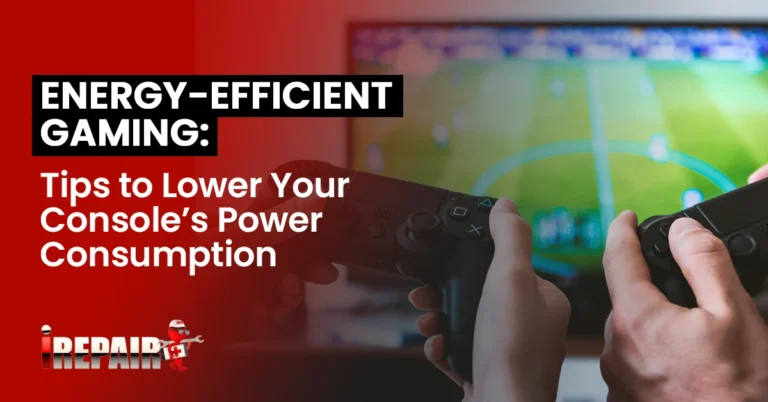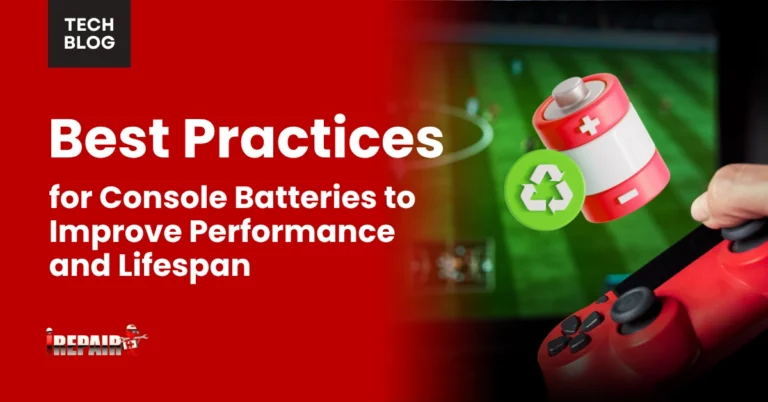Is Your Battery Dying? Common Signs That Indicate It Needs Replacement
If your device’s battery is dying, you’ll notice several tell-tale signs. It may drain rapidly, even with minimal use, shutting down unexpectedly at a high percentage, like 30% or 50%. Slow charging is another red flag, as the device only stays on while plugged in. Overheating during light tasks could mean your battery is struggling. A swollen battery case is a clear indicator of power retention issues and poses serious risks. All these issues suggest your battery might need replacement. Understanding these signs can help you prevent further problems and guarantee your device continues to function well.
Rapid Battery Drain
Is your device’s battery draining faster than ever, struggling to last even with minimal use? If so, it might be time to pay attention to several battery lifespan warning signs. A fast battery drain is a clear indicator that your battery is nearing the end of its life. When your device can’t make it through the day without frequent charges, even with light use, it’s a red flag that something’s not right.
You might also notice unexpected shutdowns, where your device powers off even when the battery percentage seems sufficient. These shutdowns are often accompanied by overheating issues, where your device becomes warm to the touch, even during simple tasks or while idle. This excessive heat can further degrade your battery, reducing its lifespan.
Charging problems are another symptom of a failing battery. If your device takes longer than usual to charge or doesn’t charge fully, it can be frustrating and inconvenient. In some cases, your device might only stay powered on when plugged in, signaling major battery issues. Recognizing these signs early can help you decide when it’s time for a replacement, ensuring your device’s performance remains at its best.
Unexpected Shutdowns
When your device unexpectedly shuts down with plenty of battery left, it’s a telling sign that the battery may be nearing its end. This is especially frustrating when your phone shuts down at a high percentage, like 30% or even 50%. Such unexpected shutdowns are clear signs of battery replacement. Your device struggles to maintain consistent power levels, and this inconsistency can be a major inconvenience, leaving you disconnected at pivotal moments.
Understanding when to replace a phone battery or recognize signs of a laptop battery dying can save you from these disruptions. If your laptop or phone randomly powers down despite showing a healthy battery level, it’s time to pay attention. These shutdowns indicate that the battery can no longer hold a charge properly, an issue often caused by battery degradation over time.
Ignoring these signs can lead to more frequent shutdowns and potentially permanent damage to your device. To avoid this, monitor your device’s behavior closely. If these shutdowns become regular, consider replacing the battery. Addressing the problem early can extend your device’s life and maintain its performance.
Slow Charging Speed
Slow charging speeds can be a frustrating sign that your battery might need replacement. You might notice that your device takes longer than usual to reach a full charge, which could indicate charging inefficiencies. Over time, batteries suffer from heat and wear, which can affect their ability to charge efficiently. When your device’s battery drains too fast despite being charged for hours, it’s likely time to assess its health.
One way to determine if slow charging is due to battery issues is through battery health monitoring. Many devices offer built-in settings or apps to check battery status. If you see your battery’s capacity has decreased significantly, it might be the best time to replace it before it impacts your device’s overall performance.
Continually facing slow charging can mean your battery is no longer holding power as effectively as it should. This is often due to degradation over its lifespan, compounded by factors like heat and usage patterns. Regularly monitoring your battery’s health will help you catch these inefficiencies early, ensuring you know when it’s time to contemplate a replacement to maintain your device’s functionality.
Overheating Issues
Over time, if your device gets hot even when it’s not in use, it could be a sign that your battery needs replacing. Battery overheating problems aren’t just uncomfortable; they can also indicate underlying issues with your lithium-ion battery. When your device’s battery gets excessively hot, it’s often due to lithium-ion battery degradation, which occurs naturally as the battery ages. This heat can further damage your battery, leading to reduced screen-on time and overall poor battery health.
You might notice that your device feels warm even during simple tasks or while charging, which is not normal. This excessive heat could be stressing your battery, causing it to degrade faster and potentially leading to battery swelling risks. In some cases, the heat may even cause your device to shut down unexpectedly to prevent further damage.
It’s important to monitor overheating symptoms to maintain your device’s performance and safety. If you frequently experience these issues, consider checking your battery health. If your battery’s condition has deteriorated, replacing it might be the best course of action to prevent further damage and ensure your device runs smoothly.
Swollen Battery Case
A swollen battery case is a clear physical indicator that your device’s battery needs immediate attention and replacement. When a battery swells, it not only affects device performance and battery health but also poses significant risks. Swelling typically occurs due to power retention issues, where the battery struggles to hold a charge effectively. This can lead to pressure build-up inside the case, distorting its shape and potentially causing damage to your device’s internal components.
Ignoring swollen battery dangers is not wise, as it could lead to more severe issues, including leaks or even fires. To avoid these hazards, learn how to check battery health regularly. Most smartphones and laptops offer built-in diagnostics tools or apps to help you monitor your battery’s condition. If you notice signs of swelling, it’s time to replace the battery immediately.
To extend battery life and prevent future swelling, adopt good charging habits, like avoiding extreme temperatures and not letting the battery drain completely before recharging. Regularly checking your device’s battery health and addressing power retention issues promptly will help maintain your device’s performance and longevity.
Frequently Asked Questions
How Can I Improve My Device’s Battery Lifespan?
To improve your device’s battery lifespan, start by avoiding extreme temperatures and overcharging. Don’t let it drop to 0% often; charge it before it hits 20%. Use the original charger and reduce background app usage. Lower screen brightness and turn off unnecessary notifications. Keep your device’s software updated for enhanced battery performance. By adopting these habits, you’ll extend your battery’s life and maintain peak device performance.
What Are the Risks of Using a Third-Party Replacement Battery?
When you use a third-party replacement battery, you risk compatibility issues, which might lead to reduced performance or even damage to your device. These batteries can also be of lower quality, posing safety hazards like overheating or swelling. Additionally, using non-OEM batteries can void your warranty. It’s important to weigh the cost savings against these potential risks and make sure you choose a reputable source if you go this route.
How Do Charge Cycles Affect Battery Health?
Charge cycles are essential for battery health. Every time you fully charge and discharge your device, it counts as one cycle. Over time, these cycles cause your battery to degrade, reducing its capacity to hold a charge. You’ll notice your device won’t last as long on a single charge. Managing charge cycles by not letting your battery drop to zero and avoiding full charges can help prolong its lifespan.
Are There Specific Apps to Monitor Android Battery Health?
You’re wondering about apps to monitor Android battery health. Well, you’ve got some great options. AccuBattery is popular for tracking battery usage and estimating lifespan. GSam Battery Monitor provides detailed insights into what’s draining your battery. Another choice is Battery Doctor, which offers tips to extend battery life. These apps help you keep tabs on your battery’s condition and decide when it might need replacement.
Should I Consider Professional Help for Battery Replacement?
Opting for professional help for battery replacement is a smart move. You’ll guarantee the job’s done right, reducing risks like damage to your device. Professionals have the right tools and expertise, which can save you from potential mishaps. Plus, they often offer warranties on their work, giving you peace of mind. If you’re not confident in DIY methods or dealing with a swollen battery, professional assistance is definitely recommended.







